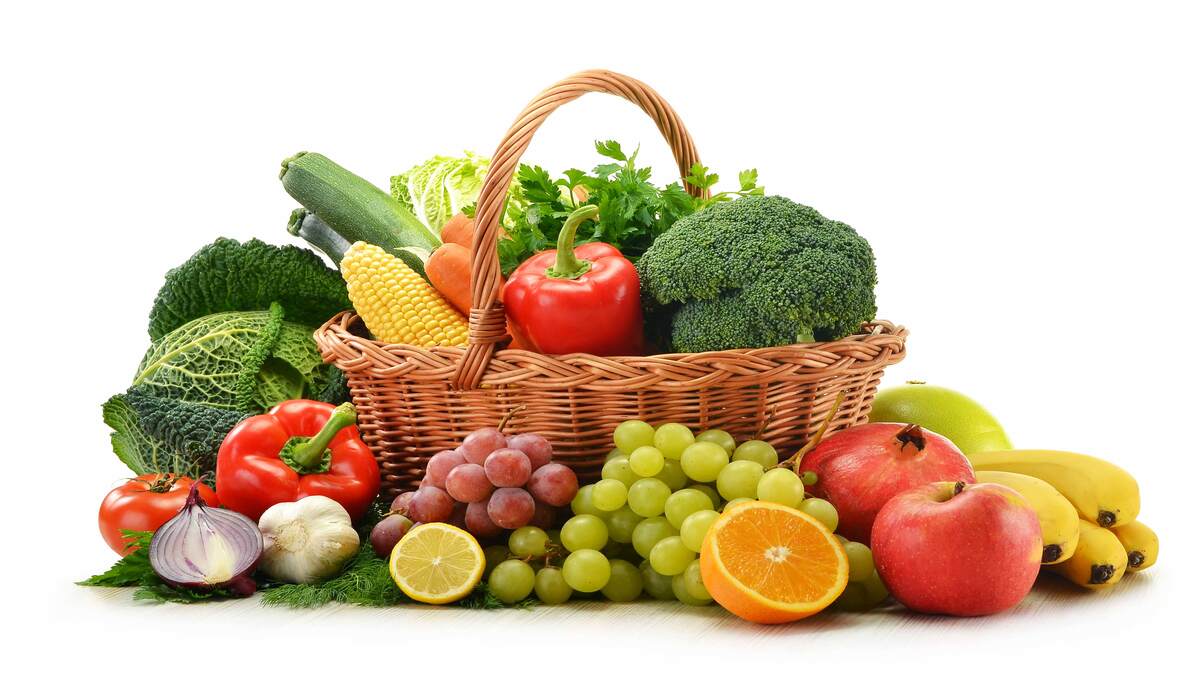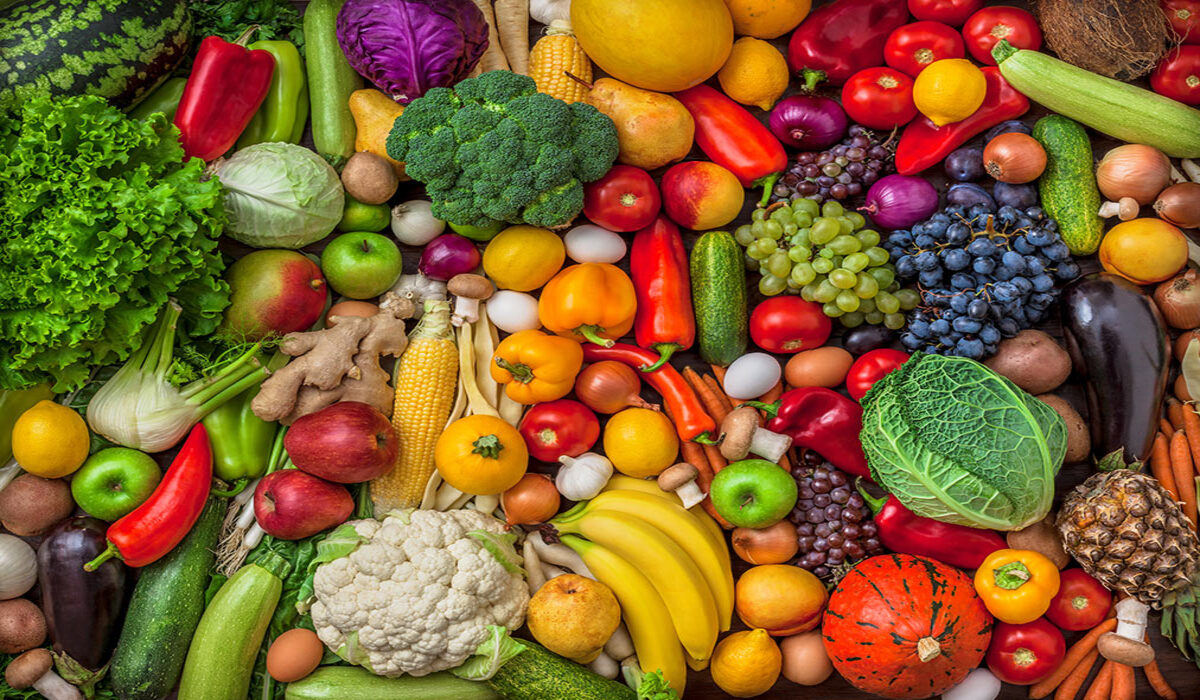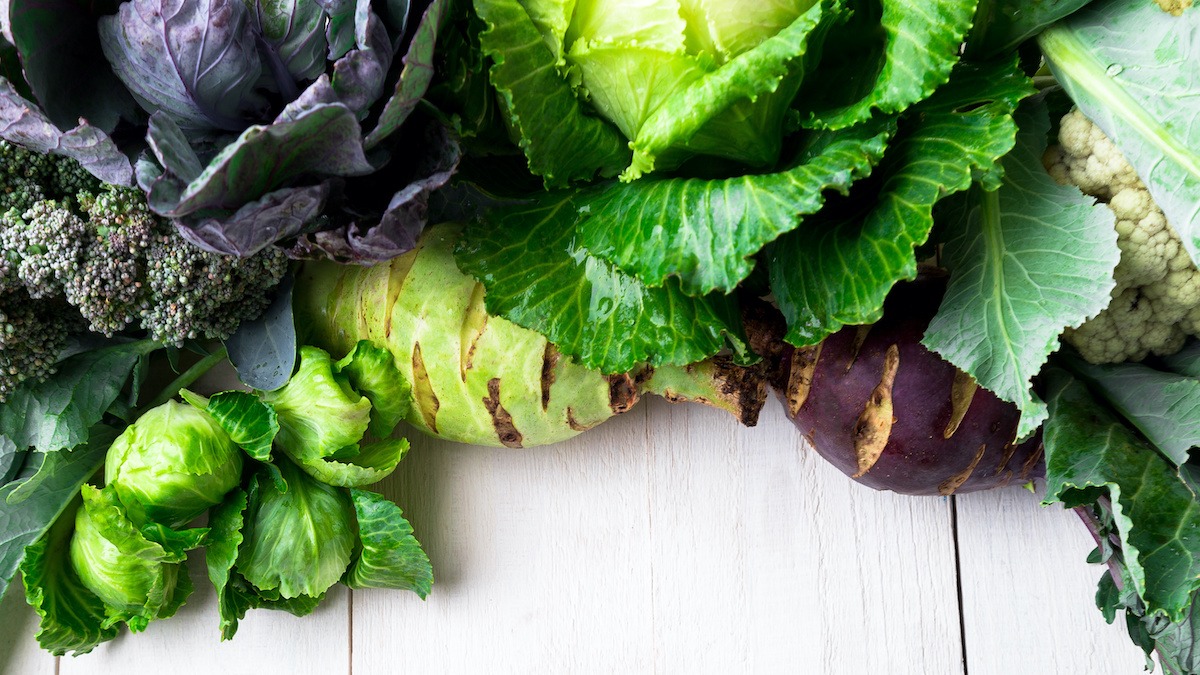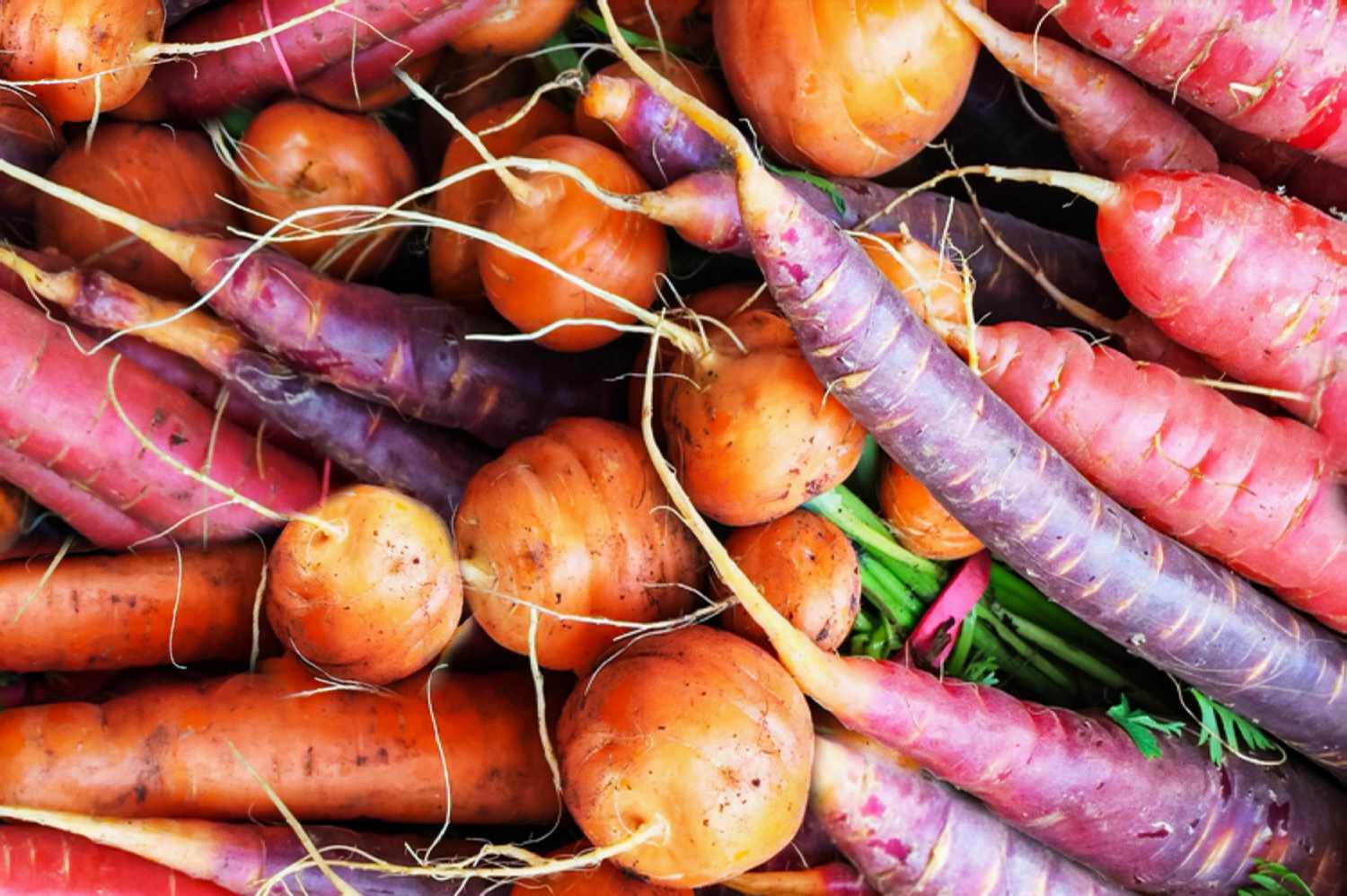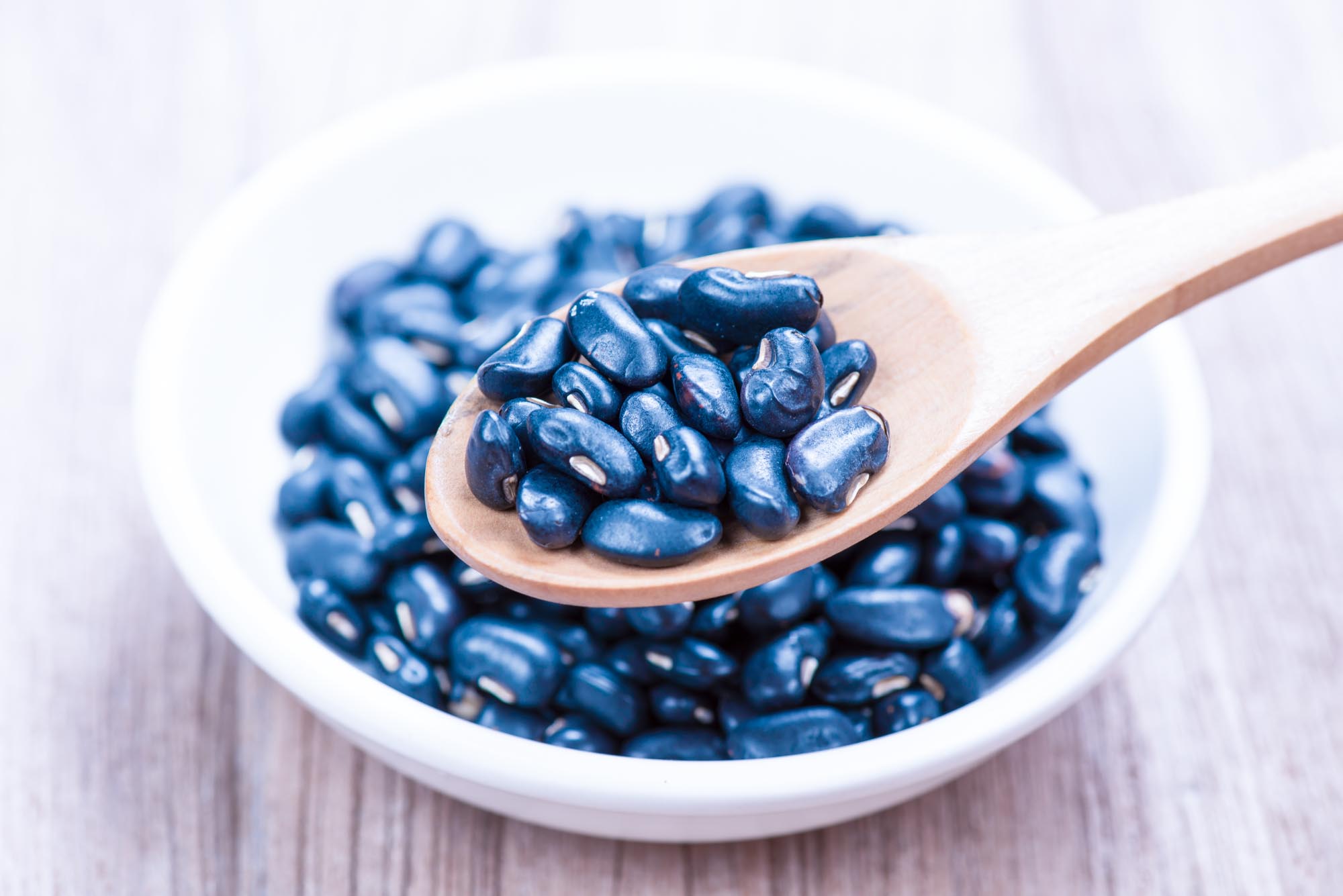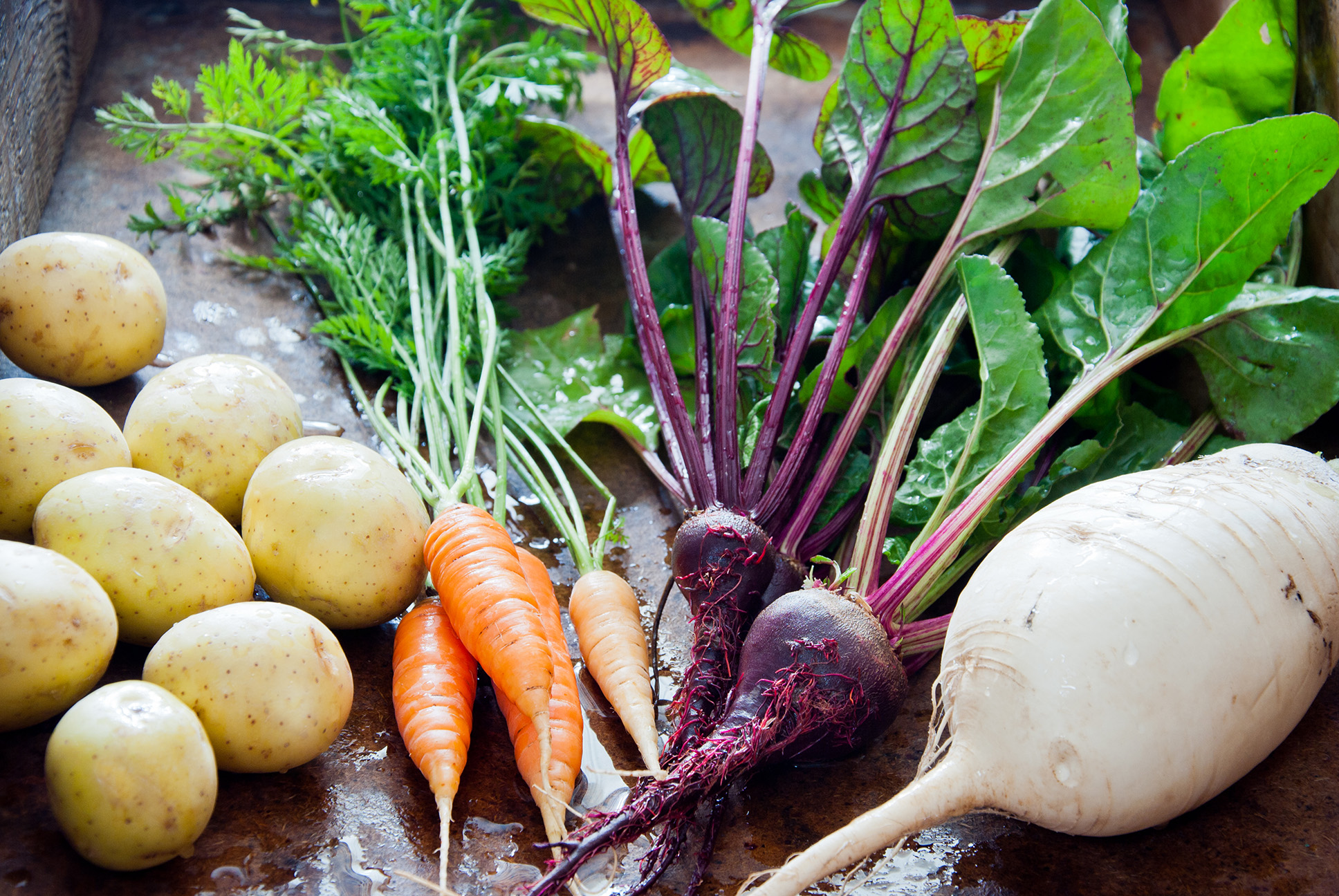Home>Types of Gardening>Edible Gardening>What Are Gassy Vegetables


Edible Gardening
What Are Gassy Vegetables
Published: October 5, 2023
Discover the impact of gassy vegetables on your digestion and learn smart edible gardening techniques to grow them at home.
(Many of the links in this article redirect to a specific reviewed product. Your purchase of these products through affiliate links helps to generate commission for Chicagolandgardening.com, at no extra cost. Learn more)
Table of Contents
Introduction
Welcome to the world of edible gardening, where you can grow your own fresh and delicious vegetables right in your backyard. There’s nothing quite like the satisfaction of harvesting your own produce and enjoying it at your dinner table. Not only does edible gardening provide a sense of accomplishment, but it also allows you to have complete control over the quality and safety of your food.
However, as with any garden, there are certain challenges that may arise along the way. One common issue that many gardeners face is the occurrence of excess gas caused by certain vegetables. If you’ve ever experienced uncomfortable bloating or digestive discomfort after consuming certain vegetable dishes, you may be wondering why this happens and how you can minimize it.
In this article, we’ll explore the world of gassy vegetables. We’ll discuss why some vegetables tend to cause gas and bloating, common examples of these vegetables, and most importantly, we’ll provide you with some helpful tips to reduce gas from vegetables. So, whether you’re a seasoned gardener or just starting out, this article will equip you with the knowledge and strategies to grow and enjoy your own vegetables without the discomfort.
Understanding Gassy Vegetables
Before we dive into the specific vegetables that are known to cause gas, it’s important to understand why this happens in the first place. Gas is a natural byproduct of the digestion process. When we consume certain foods, particularly those high in carbohydrates, our digestive system breaks them down into simpler compounds. During this process, certain carbohydrates, like soluble fiber and complex sugars, can be difficult for our bodies to fully digest.
When these carbohydrates reach the large intestine undigested, they become food for the bacteria that reside there. As the bacteria break down these undigested carbohydrates, they produce gases, such as carbon dioxide, hydrogen, and methane. This is what ultimately leads to the uncomfortable bloating and flatulence.
While not everyone may experience gas from the same vegetables, there are some common culprits that tend to cause these digestive discomforts. It’s worth noting that each individual’s tolerance to these vegetables may vary, so it’s important to pay attention to your body’s reactions when consuming them.
It’s also important to remember that these gassy vegetables are not inherently bad for you. In fact, many of them are highly nutritious and offer a wide range of health benefits. The key is to find a balance and consume them in moderation, while also employing some strategies to reduce the gas they can cause.
Now that we have a basic understanding of why some vegetables can cause gas, let’s explore some of the most common examples of gassy vegetables. By being aware of these vegetables, you can make informed choices about including them in your garden or modifying your diet to minimize any discomfort.
Common Gassy Vegetables
While there are numerous vegetables that can potentially cause gas, some are more notorious for their gassy effects than others. Below are some common gassy vegetables that you might come across in your edible garden:
- Broccoli: This cruciferous vegetable contains compounds called raffinose and glucosinolates, which can be difficult for the body to digest fully, leading to excess gas.
- Cabbage: Similar to broccoli, cabbage is also a cruciferous vegetable known for its gas-producing properties. The high fiber content in cabbage, particularly when eaten raw, can contribute to gas formation.
- Onions: These flavorful bulbs contain a type of carbohydrate called fructans, which some people have difficulty digesting. Consequently, consuming onions can lead to significant gas production.
- Beans and Lentils: Legumes like beans and lentils are notorious for causing gas due to their high content of complex carbohydrates. These carbohydrates resist digestion in the small intestine and are fermented by bacteria in the large intestine, leading to gas formation.
- Asparagus: Although highly nutritious, asparagus can produce gas because it contains a carbohydrate known as raffinose. This carbohydrate is not easily broken down by human enzymes, resulting in gas production in the digestive system.
- Artichokes: Artichokes contain a type of fiber called inulin, which is indigestible by humans but serves as food for bacteria in the gut. The fermentation of inulin produces gas, making artichokes a potential gassy vegetable.
It’s important to note that while these vegetables are known to cause gas, they also offer numerous health benefits. They are rich in vitamins, minerals, and antioxidants, and should not be completely avoided due to their gassy effects. Instead, it’s advisable to find strategies to reduce the gas they produce, which we will discuss in the next section.
Tips for Reducing Gas from Vegetables
While it may not be possible to completely eliminate gas from vegetables, there are several strategies you can employ to minimize the discomfort. By implementing these tips, you can enjoy the nutritional benefits of gassy vegetables without the excessive gas:
- Cooking: Cooking vegetables can help break down some of the complex carbohydrates that contribute to gas formation. Steaming, boiling, or sautéing vegetables can make them easier to digest and reduce gas production.
- Soaking: Soaking beans and lentils overnight before cooking them can help soften their outer layer and make them easier to digest. Discard the soaking water and cook them with fresh water to further reduce gas.
- Pairing: Complement gassy vegetables with foods that aid digestion. For example, adding herbs like fennel, ginger, or cumin to your meals can help reduce gas. These herbs have natural digestive properties that can alleviate bloating and discomfort.
- Gradual Increase: If you’re introducing gassy vegetables into your diet, it’s best to start with small quantities and gradually increase the portion sizes. This allows your body to adapt to the increased fiber and carbohydrate content, minimizing the likelihood of excessive gas production.
- Proper Chewing: Chewing vegetables thoroughly before swallowing can aid digestion and reduce gas. When you chew, the food mixes with saliva, which contains enzymes that begin the breakdown process, making it easier for your body to digest the vegetables.
- Probiotics: Incorporating probiotics into your diet can help promote a healthy balance of gut bacteria. Consuming foods like yogurt, sauerkraut, or taking probiotic supplements can improve digestion and reduce gas production.
Remember, what works for one person may not work for another. It’s important to listen to your body and make adjustments accordingly. If you find that certain vegetables consistently cause discomfort, you may need to limit or replace them with alternative options that are better tolerated by your digestive system.
By implementing these tips and techniques, you can still enjoy the nutritional benefits of gassy vegetables while minimizing the unwanted side effects.
Conclusion
Edible gardening offers a rewarding and fulfilling experience, allowing you to grow your own fresh vegetables and enjoy the fruits of your labor. However, it’s important to be aware of the potential for gas and bloating when consuming certain vegetables.
In this article, we have explored the world of gassy vegetables and discussed why some vegetables tend to cause gas. Cruciferous vegetables like broccoli and cabbage, along with onions, beans, lentils, asparagus, and artichokes, are common culprits known for their gas-producing effects.
While these gassy vegetables are rich in nutrients and should not be completely avoided, there are strategies you can use to reduce the gas they may produce. Cooking, soaking, and pairing them with other digestive-friendly foods can help make them more tolerable. Additionally, gradually increasing the portion sizes, properly chewing your food, and incorporating probiotics into your diet can further aid digestion and minimize gas formation.
Remember, every individual is different, and what works for one person may not work for another. Take the time to listen to your body and make adjustments as needed. If certain vegetables consistently cause discomfort, consider experimenting with alternative options that are better tolerated by your digestive system.
By implementing these tips and techniques, you can enjoy the benefits of gassy vegetables in your diet while minimizing any discomfort. So, go ahead and embrace edible gardening, cultivate your own delicious vegetables, and savor their flavors knowing that you have the knowledge and strategies to keep gas and bloating at bay.
